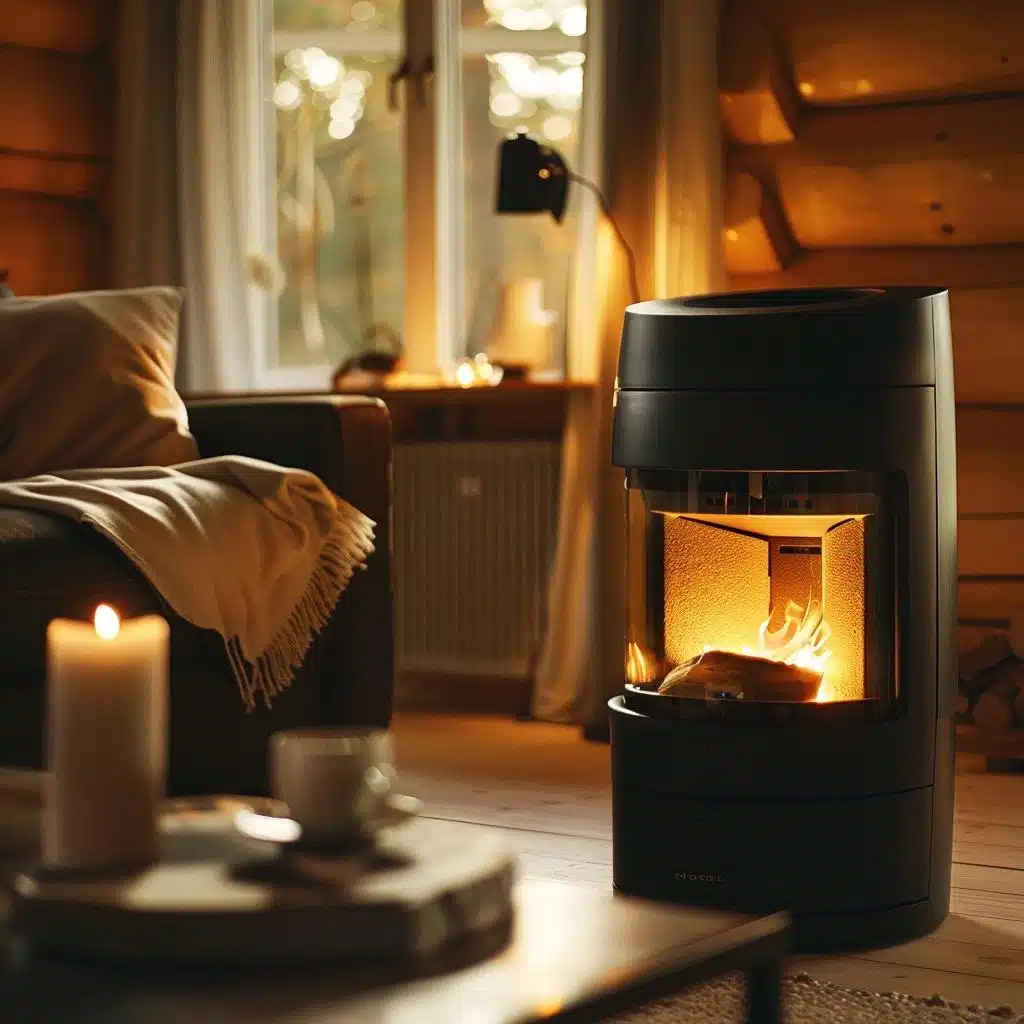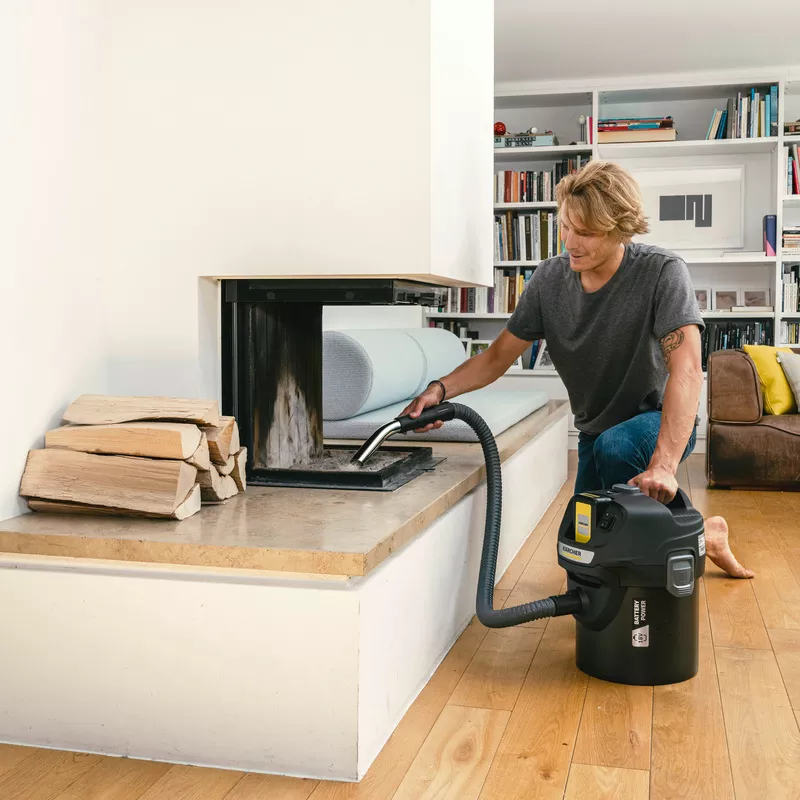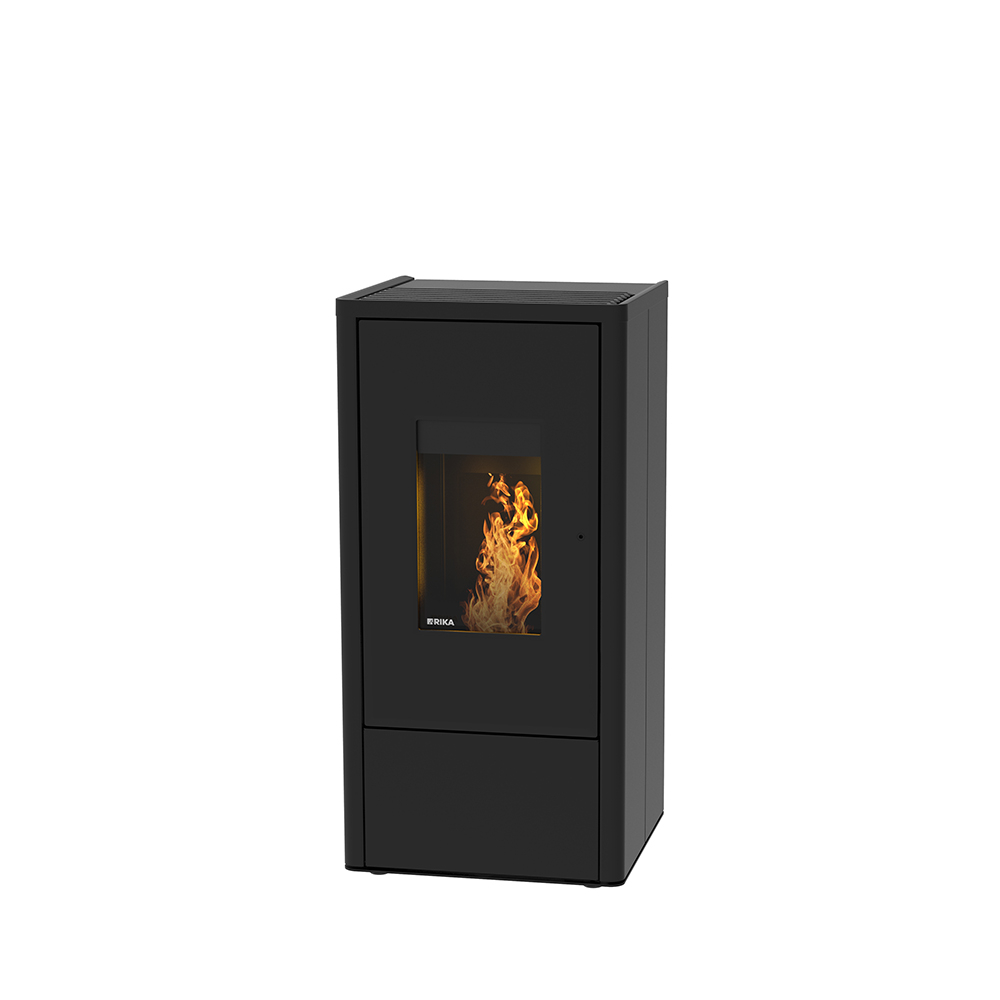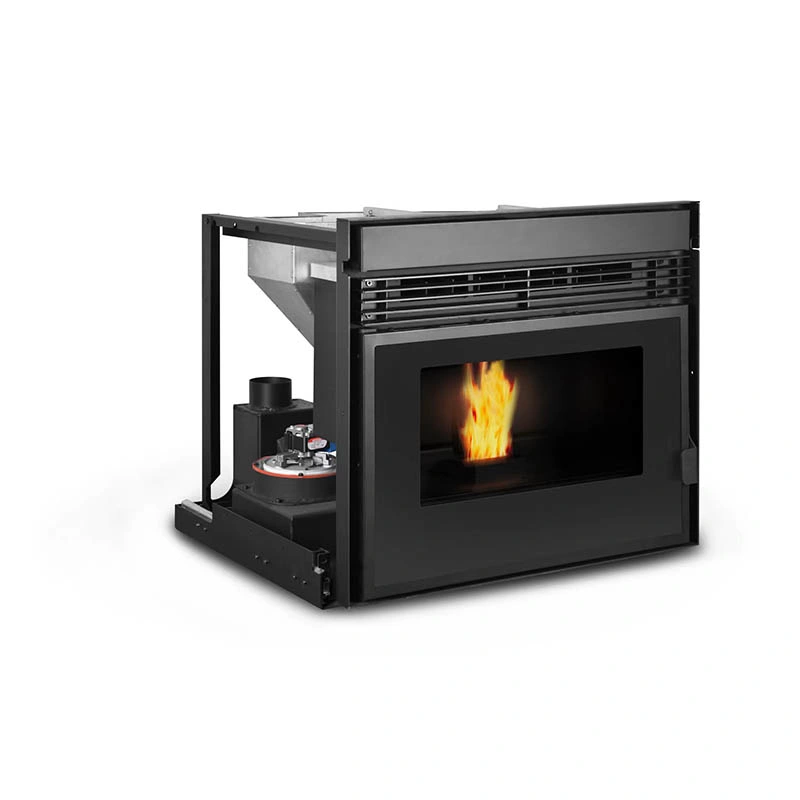How to Clean a Pellet Stove
I. Introduction

A. Importance of regular cleaning
How to clean pellet stove? Keeping your pellet stove clean is essential for its efficient and safe operation. Over time, ash, soot, and debris can accumulate inside the stove, leading to decreased performance and potential safety hazards. Regular cleaning not only ensures that your pellet stove functions optimally but also prolongs its lifespan.
B. Benefits of a clean pellet stove
A clean pellet stove offers a multitude of benefits. It operates more efficiently, consuming less fuel and producing more heat. This not only saves you money on fuel costs but also reduces the environmental impact of using your stove. Additionally, a clean stove produces fewer emissions, resulting in better air quality both inside your home and in the surrounding environment. Furthermore, regular cleaning can prevent potential malfunctions and fire hazards, providing peace of mind for homeowners.
II. Safety Precautions
A. Turn off and unplug the stove
Before beginning any cleaning or maintenance procedures, it is crucial to turn off the pellet stove and unplug it from the power source. This ensures your safety and prevents any potential accidents while working on the appliance.
B. Use protective gear
When cleaning a pellet stove, it’s essential to protect yourself from exposure to soot, ash, and other debris. Wearing protective gear such as gloves, a dust mask, and safety glasses can prevent inhalation of harmful particles and protect your skin from irritants.
C. Ensure proper ventilation
Proper ventilation is key when cleaning a pellet stove. Opening windows or doors in the room where the stove is located can help dissipate any airborne particles and ensure a constant flow of fresh air. This is particularly important when removing ash and soot from the stove, as it can generate dust that may be harmful if inhaled.
III. Cleaning Procedures
A. Clean the burn pot and ash pan
How to clean pellet stove? The burn pot and ash pan are areas of the pellet stove that accumulate ash and debris during operation. It’s important to regularly clean these components to maintain efficient combustion and prevent the build-up of flammable materials. Using a brush and vacuum, carefully remove any ash and residue from the burn pot and ash pan. Be sure to follow the manufacturer’s guidelines for proper cleaning techniques.
B. Clear the exhaust system
The exhaust system of a pellet stove can become obstructed by ash and soot, leading to reduced efficiency and potential safety hazards. It’s important to clear the exhaust system regularly to ensure proper ventilation and airflow. This may involve removing the vent pipe and using a brush or vacuum to clean out any built-up debris.
C. Clean the glass window
The glass window of a pellet stove can quickly become soiled with soot and residue, obstructing the view of the fire and diminishing the aesthetic appeal of the appliance. To clean the glass window, use a specialized stove glass cleaner or a mixture of vinegar and water. Gently scrub the glass with a non-abrasive cloth, being careful not to scratch the surface.
D. Inspect and replace gaskets
The gaskets on a pellet stove create a seal to prevent the escape of combustion gases and ensure efficient operation. Over time, these gaskets can become worn or damaged, leading to air leaks and decreased performance. Regularly inspect the gaskets and replace them as needed to maintain the stove’s efficiency and safety.
III. Cleaning the Ash Pan and Burn Pot
A. Removing and disposing of ash
The first step in cleaning the ash pan and burn pot is to remove any accumulated ash. Before starting this process, it is crucial to ensure that your pellet stove is completely cool and not in operation. Once the stove has cooled down, carefully open the door and locate the ash pan. Gently slide the ash pan out and place it on a protective surface. Using a small shovel or ash vacuum, carefully scoop out the ash and dispose of it in a designated area. It’s essential to dispose of the ash properly, as it can still contain hot embers that could pose a fire hazard if not handled correctly.
B. Scrubbing the burn pot
After removing the ash, the next step is to scrub the burn pot thoroughly. Over time, the burn pot can develop a buildup of ash and soot, which can affect the stove’s performance. Using a wire brush and a mild detergent, scrub the burn pot to remove any debris and buildup. Be sure to pay attention to the interior walls and corners of the burn pot, as these areas are prone to accumulating ash and residue. Once the burn pot is clean, rinse it with water and allow it to dry completely before reassembling it.
C. Reassembling the components
After the burn pot has been cleaned and dried, carefully reassemble it back into the pellet stove. Ensure that it is properly positioned and secured in place before closing the door. It’s essential to follow the manufacturer’s guidelines for reassembling the components to avoid any potential issues with the stove’s operation.
IV. Cleaning the Exhaust System

A. Clearing the exhaust vent
The exhaust vent is a crucial component of the pellet stove that requires regular cleaning to maintain proper ventilation. Begin by inspecting the exhaust vent for any signs of blockages or obstructions. Using a brush or vacuum, carefully remove any debris, dust, or buildup from the vent. It’s essential to ensure that the vent is clear and free of any obstructions that could impede the stove’s airflow.
B. Cleaning the exhaust blower
The exhaust blower is responsible for expelling the combustion gases from the pellet stove. Over time, the blower can become clogged with dust and debris, affecting its efficiency. To clean the exhaust blower, carefully disconnect it from the stove and remove any accumulated dust and debris. Use a brush and vacuum to clean the blower thoroughly, ensuring that it is free of any obstructions before reattaching it to the stove.
C. Checking for and removing any blockages
Finally, it’s essential to check for any blockages within the exhaust system, including the vent pipe and chimney. Inspect these areas for any signs of blockages, such as bird nests, debris, or soot buildup. If any blockages are found, carefully remove them to ensure proper ventilation and airflow.
V. Cleaning the Glass
A. Choosing the right cleaning agent
Selecting the appropriate cleaning agent is pivotal for effectively removing soot, residues, and stubborn buildup from the glass surface without causing any damage. It’s essential to avoid harsh chemicals or abrasive materials that could potentially scratch or etch the glass. Opt for a cleaner specifically designed for fireplace or stove glass, or alternatively, you can prepare a DIY solution using mild dish soap, vinegar, and warm water. It’s crucial to ensure that the cleaning agent is safe for use on tempered glass, which is commonly found in pellet stove doors.
B. Proper techniques for cleaning the glass
Before beginning the cleaning process, allow the pellet stove to cool down completely to avoid any risk of burns or injury. Once the stove is cool, remove any loose ash or debris from the glass using a soft brush or cloth. Next, dampen a soft, non-abrasive cloth with the chosen cleaning agent or solution. Gently wipe the glass surface, working in circular motions to lift off any soot or buildup. For particularly stubborn residues, you may need to gently scrub the glass using a designated fireplace glass cleaner or a paste made from baking soda and water. Avoid using excessive force or abrasive materials, as these could potentially scratch or damage the glass. After cleaning, use a dry, clean cloth to remove any remaining moisture or cleaning solution from the glass, leaving it streak-free and polished.
C. Preventing future buildup
In addition to regular cleaning, implementing preventive measures can help minimize future buildup on the glass of your pellet stove. One approach is to adjust the air intake and damper settings to optimize combustion and reduce the formation of soot and residues. Properly seasoned and dry wood pellets can also contribute to cleaner burning and less residue on the glass. Furthermore, adhering to the manufacturer’s guidelines for maintenance and cleaning intervals, such as inspecting and cleaning the chimney regularly, can help prevent issues that may lead to excessive soot and buildup on the glass.
By incorporating the appropriate cleaning agent, employing proper techniques, and implementing preventive measures, you can effectively maintain the clarity and cleanliness of the glass on your pellet stove. Regular maintenance and care not only enhance the visual appeal of the stove but also contribute to its efficient and safe operation. As always, refer to the manufacturer’s recommendations and guidelines for specific cleaning procedures and products tailored to your pellet stove model. With conscientious care, your pellet stove’s glass can remain a clear window to the comforting flames within, providing warmth and ambiance for your home.

